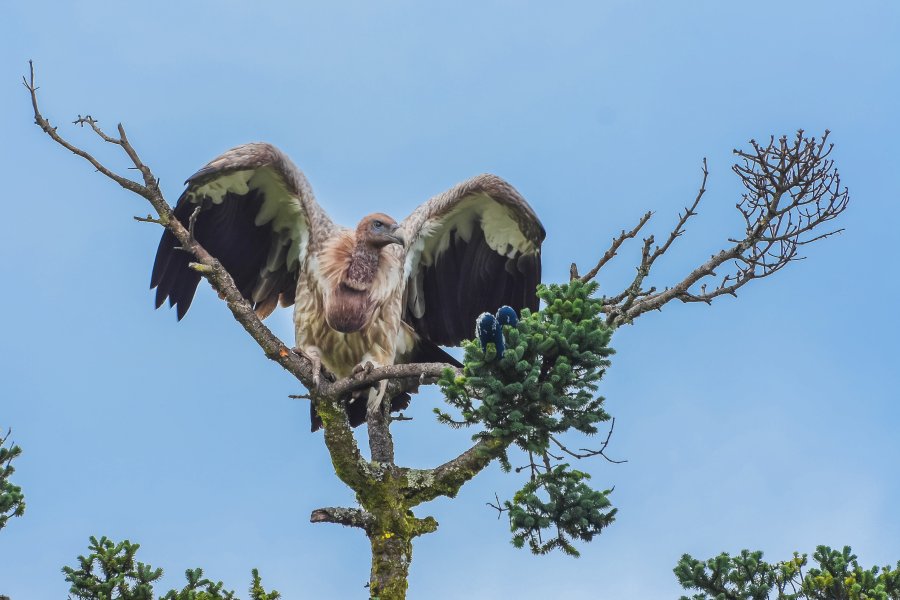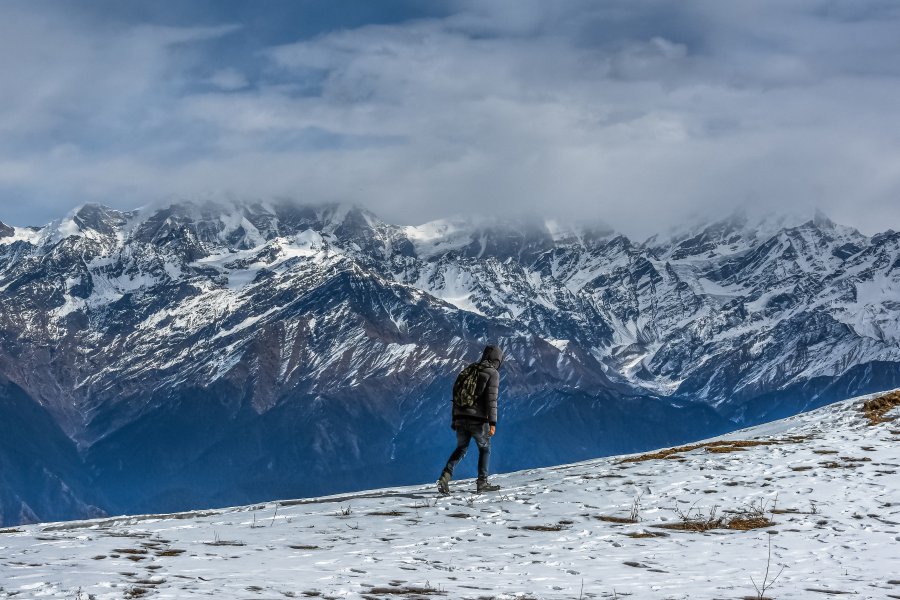

"Protect Whom?" If you are reading this, this is the first thought that crosses your mind. To clear your doubts, we need you to answer the following questions:
'Why do you like trekking?'
'What’s special about treks?'
'Why would you recommend a trek to your friends or family?'
The answer to these questions for our team at Trekking Compass is the Flora, Fauna, Biosphere, Culture, and the overall ambiance of the great outdoors. That's why we believe protecting these treasures is our shared responsibility.
The Himalayas, spanning Uttarakhand, Jammu & Kashmir, and Himachal Pradesh, are breathtaking—yet fragile. Did you know that over 18% of the world's population relies on water from these mountains? As trekkers, we are responsible for ensuring these regions remain untouched for future generations. When you explore with us, you're not just an adventurer—you're a guardian of these natural wonders.

The Himalayas host over 10,000 plant species,300 mammal species, and over 750 bird species, many of which are found nowhere else. However, with over 700,000 people visiting the Indian Himalayas annually, the environmental footprint is growing. At [Trekking Compass], we're committed to low-impact trekking. Our small group sizes, eco-friendly practices, and conservation-minded routes help limit the strain on this delicate ecosystem.
Waste is a significant issue. Over 5 to 8 million tons of waste is generated in the IHR (Indian Himalayan Region) annually. By making conscious choices, you can help reduce this number. Carrying a reusable water bottle, avoiding single-use plastic, and cleaning up after yourself can prevent harmful waste buildup.
Another startling fact: Alpine vegetation takes up to 20 years to show signs of recovery from damage caused by careless trekking. Sticking to designated trails ensures we don't harm these fragile environments.
Eco-tourism isn't just about protecting nature—it's also about supporting local economies. Studies show that a huge part of the income in remote trekking areas comes from tourism. By hiring local guides, staying in homestays, and sourcing our supplies locally, we do our part to give back to the people who call these mountains home.
Here are a few tips for your trek to be eco-friendly:
Stick to marked trails: Prevent erosion and vegetation damage.
Reduce waste: 40% of Himalayan waste is non-biodegradable and recyclable. Carry your trash back.
Respect wildlife: Keep your distance—disturbing animals can disrupt natural behaviors.
Save resources: In many areas, water is scarce—use it wisely.
If eco-tourism becomes your style, you become a part of the solution. Your actions today will help the 53 million people living in the Himalayas continue to thrive alongside nature. Join [Trekking Compass] on a journey that's not only about adventure but about preserving the beauty of these mountains for future explorers. If you want to volunteer in our initiative to clean the trek trails and campsites, you are welcome, wholeheartedly with a decent discount on our trekking packages. Contact us here for more details!